Providing Sensory Opportunities vs. Brain Breaks
Teachers and therapists often use the term “Brain Breaks” as a tool to engage children.
Unfortunately, the concept of giving a child a “break” often results in the child “checking out”
mentally along with the paraeducator and even the teacher!
The key to engaging the brain is MOVEMENT. Being ACTIVE is the key to engagement and taking a “break” undermines the whole idea of the importance of daily physical activity.
I told my sons the other day – “hey, it’s time for a break” and before I could say another word
they both had dropped the rakes and were headed inside! Needless to say the idea of cleaning
up the leaves in the yard before decorating for Halloween was not enough incentive. But it got
me thinking about how we often tell children it is now time for our “Sensory Break” and made me
begin to wonder how children really perceive the idea of a “break”. Do they really see it as a
time to work and engage the brain or body? Or is it perceived as a chance to simply check out
and do what they want for a few minutes? Either way, I hope you enjoy this blog and a new
perspective on taking advantage of Sensory Opportunities vs Sensory Breaks when engaging our
children with planned sensory activities.
Through this blog we hope to encourage a new mindset of creating Sensory Opportunities that will excite your kids and engage their bodies. Both science and medical literature speak to the benefits of exercise and physical activity as an evidenced based practice that supports both physical as well as cognitive growth. When engaging young learners, providing Sensory Opportunities is essentially creating “Brain Breaks” without the connotation of using the term “break”. Sensory Opportunities promote a balance between the mind and the body. It enhances physical as well as cognitive development, attention, focus, and overall well-being. Here's how to incorporate Sensory Opportunities to engage learners:
Providing Sensory Opportunities:
Young children often have lots of energy. Incorporate short, structured physical activities into the day to help them manage the energy that they feel in their bodies. Activities can include
stretching, dancing, or fundamental motor skills such as jumping, leaping, hopping, galloping, and skipping.
Mindfulness and relaxation techniques are a great Sensory Opportunity to help children calm
their minds, manage their bodies, and refocus. This can include deep breathing exercises,
guided imagery, or short meditation sessions. Using the Fitness Roll-Out Activities® from Fit and Fun Playscapes can be used to promote classwide or individual activities.
Whenever possible, consider taking a Sensory Opportunity to GO OUTSIDE! Fresh air and
natural surroundings can have a rejuvenating effect on young learners. Outdoor activities like
nature walks, scavenger hunts, or even free play can be both relaxing and stimulating. These
sensory opportunities can also be used as rewards for good work and behavior in class.
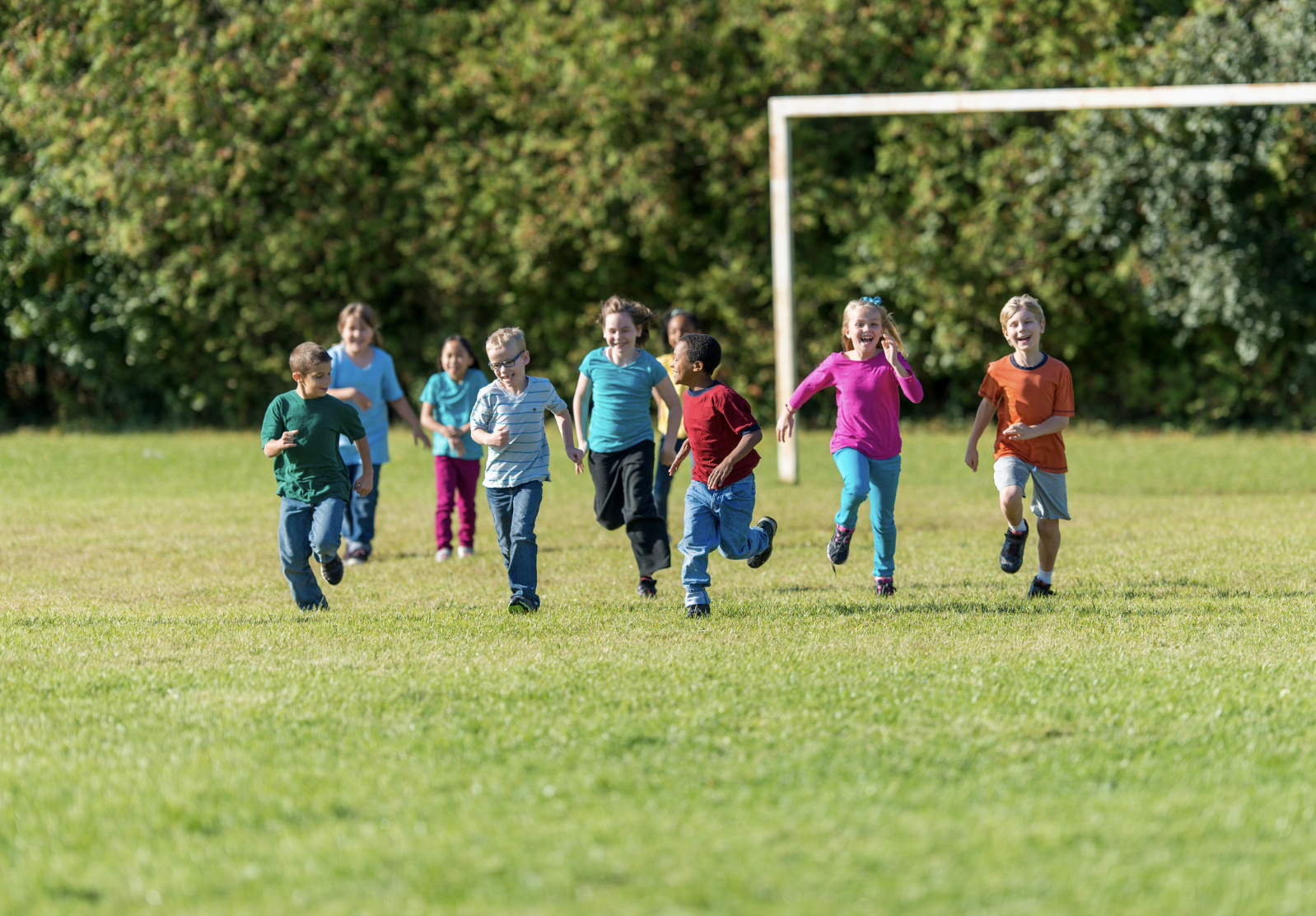
Consider providing Sensory Opportunities that engage creative expression. Activities that use
stencils or free hand drawing to create sensory pathways can help children relax and recharge
while engaging their creativity.
Another great way to engage Sensory Opportunities is through game play. Incorporating short, fun games or even puzzles that challenge young learners; minds in a playful way is key to engaging the sensory system. These can include games such as Four Square and Copy Cat.
Balancing Sensory Opportunities that engage the brain is key to keeping young learners
engaged and focused. It's important to observe and understand the needs and attention spans
of the specific group of children you're working with and adjust your approach accordingly. A mix of active, hands-on learning and well-timed opportunities for sensory activities to move can
create a dynamic and effective learning environment for young learners.
Remember that the effectiveness of providing Sensory Opportunities (vs. Sensory Breaks) is to
promote activities that address the variability within each child. It's essential to observe and
adapt these Sensory Opportunities so as to complement the child’s specific sensory needs and
preferences. Don’t give them a break – give them Sensory Opportunities!
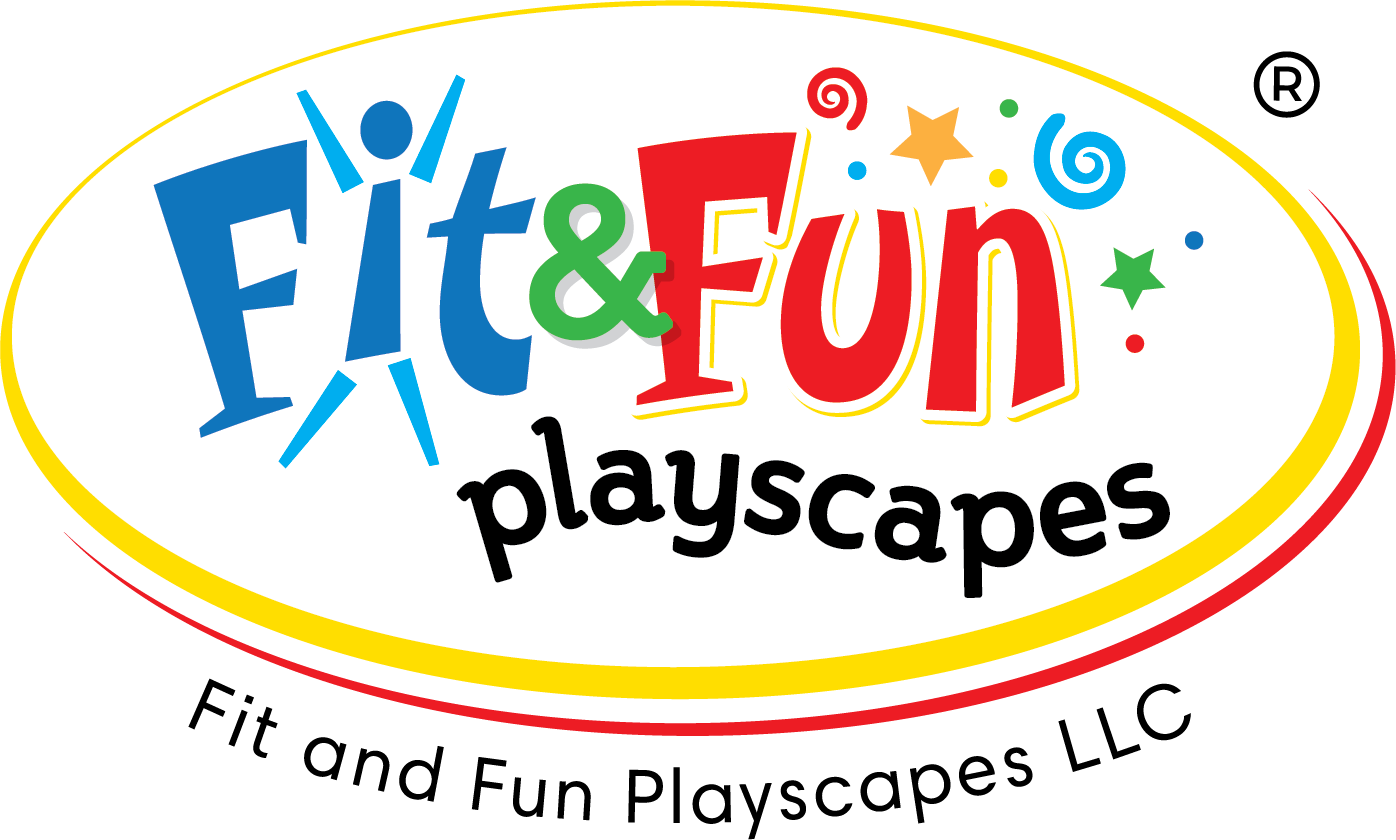

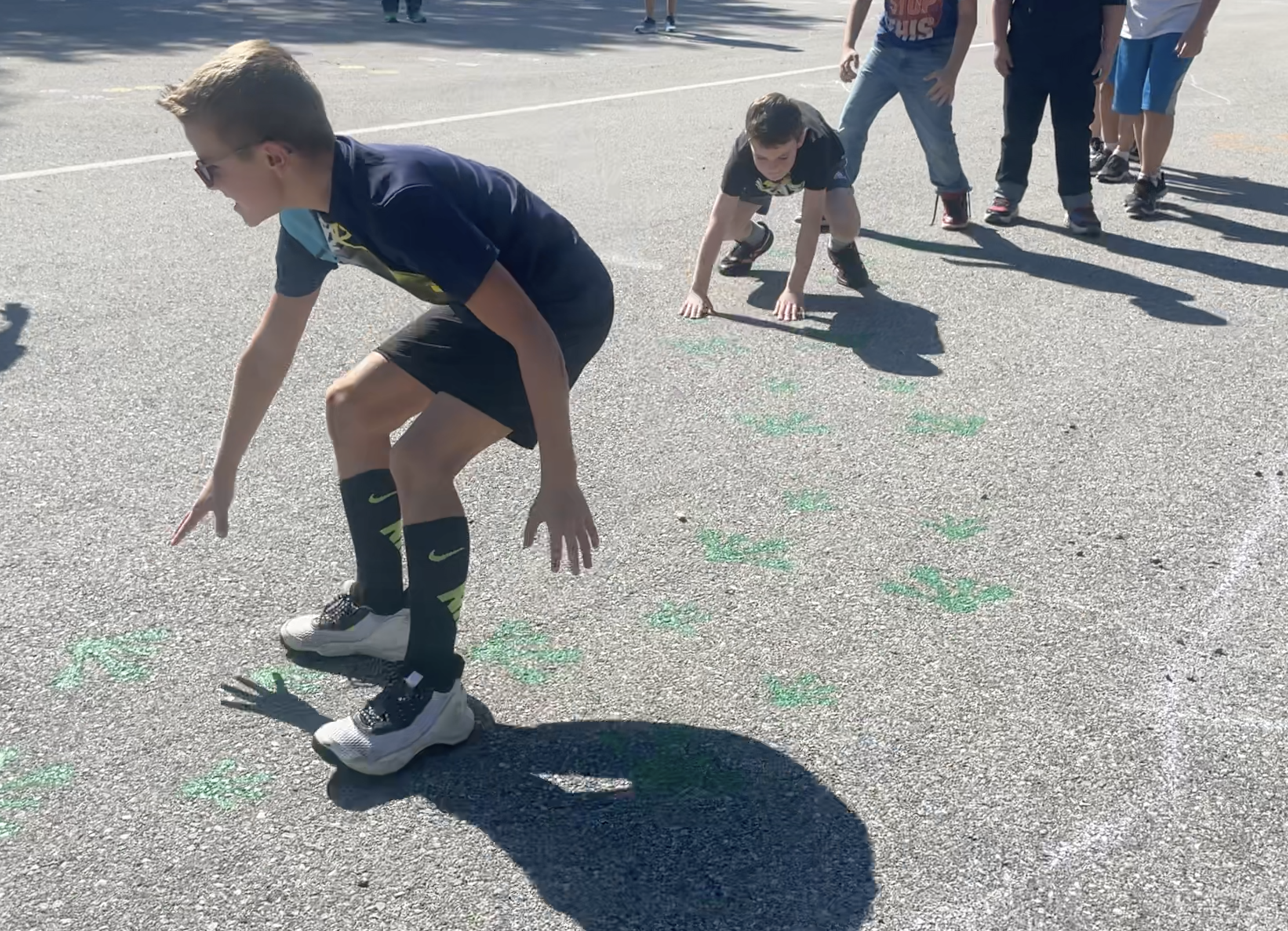
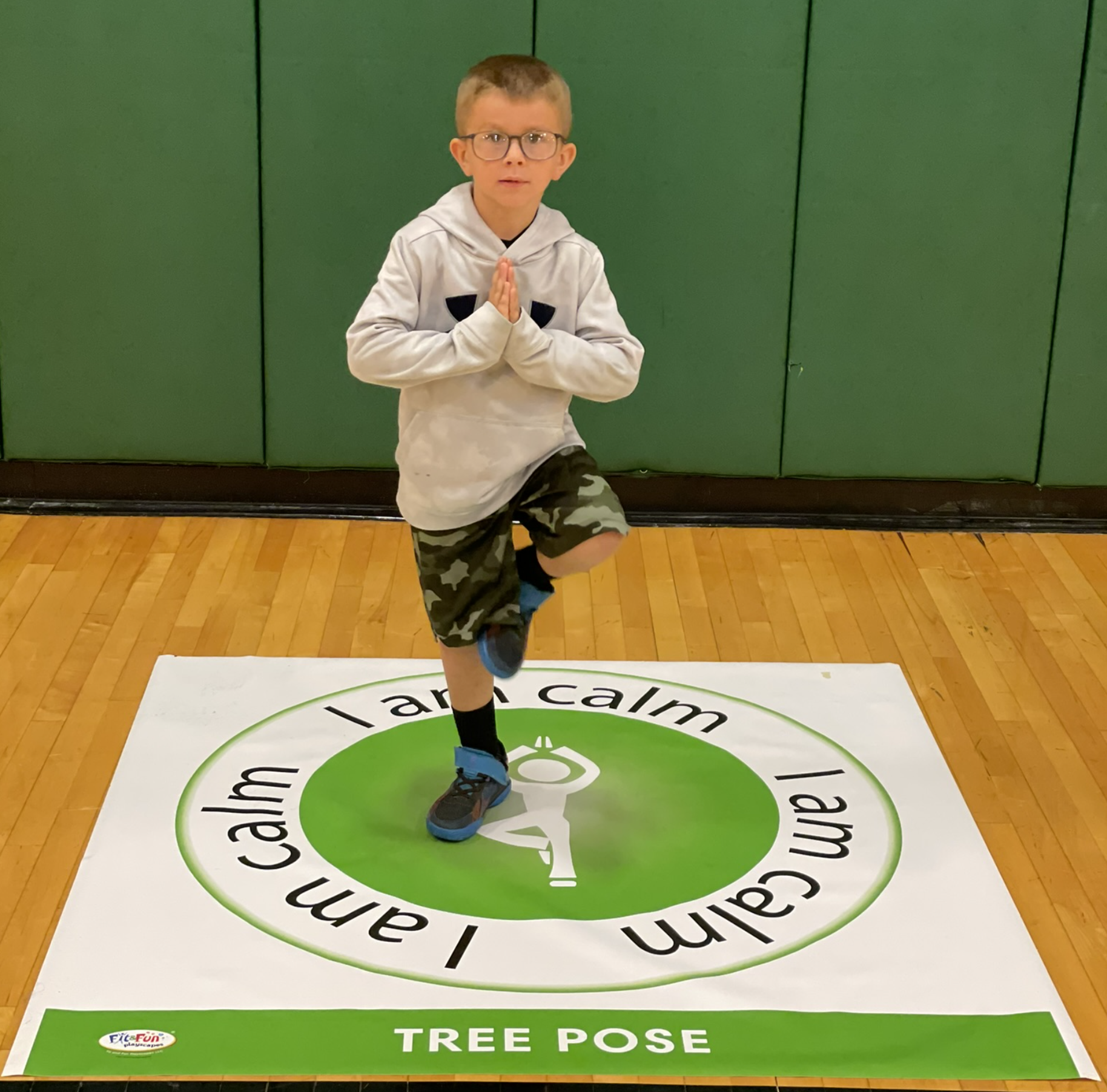
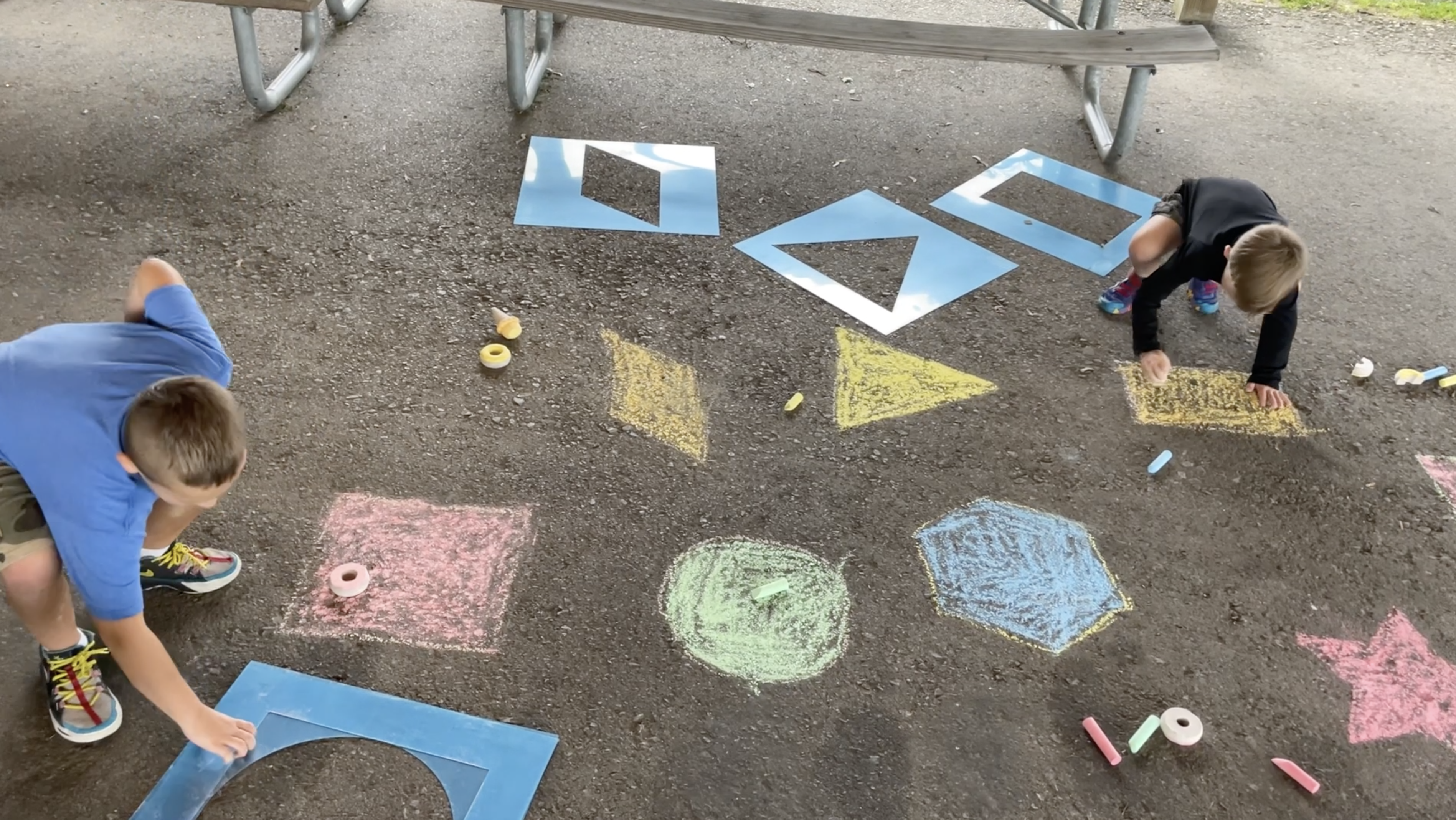
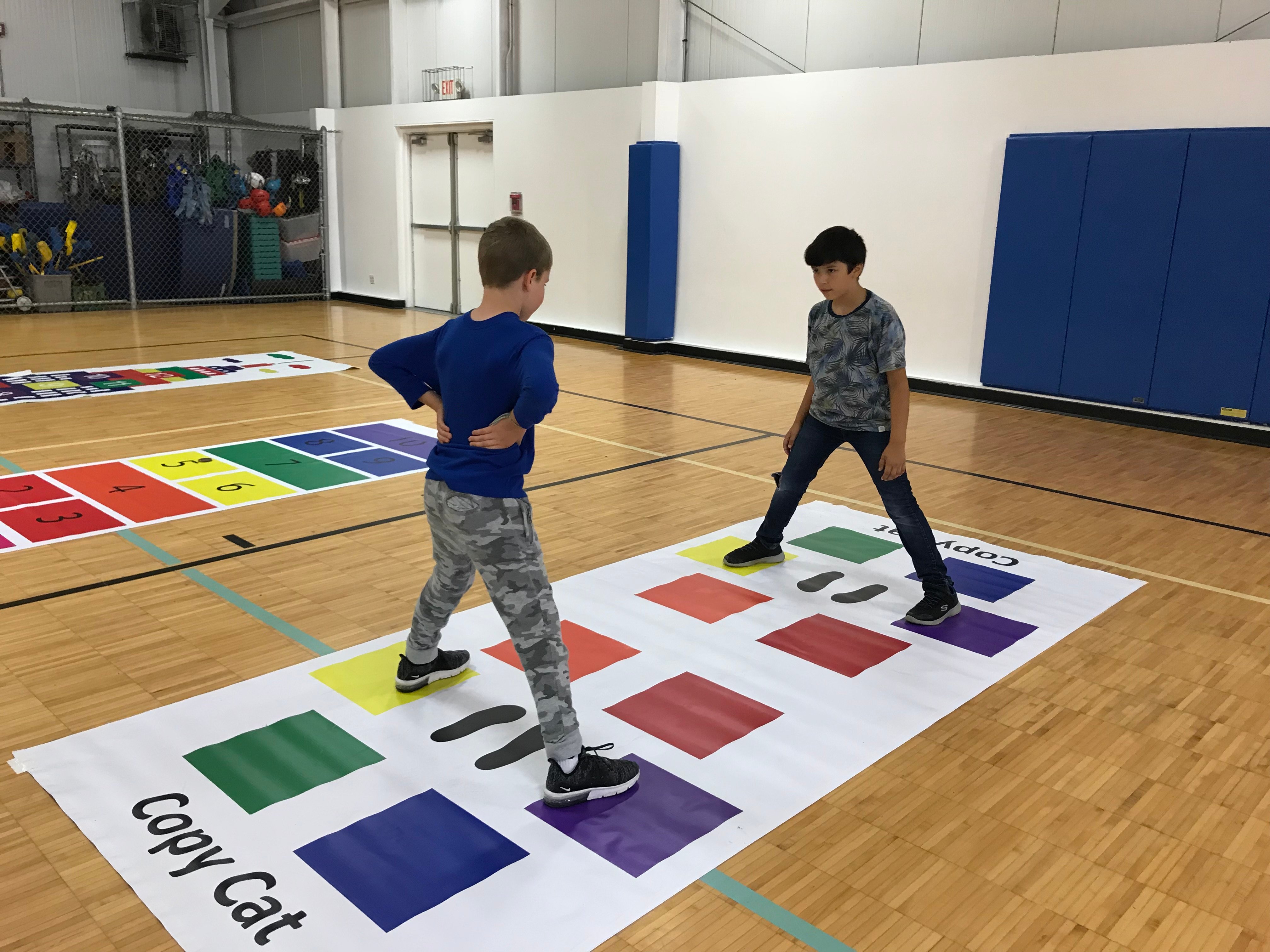

Leave a comment